Animalia

Scorpionfly
Miriholcorpa forcipata

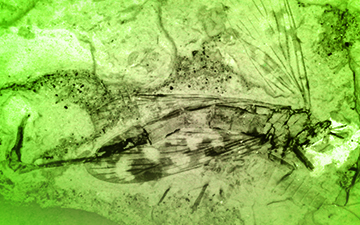
2 POINTS
Play: Scorpionfly had a FLIGHT of 2.
Fact: The Scorpionfly had a general bulb that was enlarged with pincer-like structures, and thought to be used in intrasexual competition with males, and/or a sexual display to attract females.

Tuojiangosaurus
Tuojiangosaurus

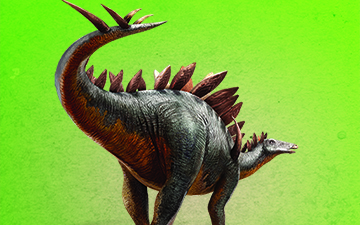
3 POINTS
Play: Tuojiangosaurs had a MOVE of 2.
Fact: Fed on low growing ferns and cycads. Had four paired spines at the end of its tail that it used for defense.

Omeisaurus
Omeisaurus

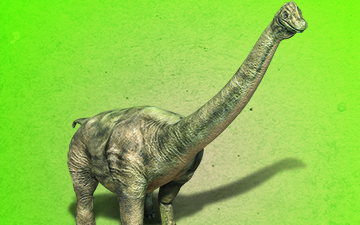
3 POINTS
Play: Omeisaurus had a MOVE of 2.
Fact: Predators may have deterred from attacking Omeisaurus, not only because of its huge size, but also because it had a huge bony tail club (and possibly tail spikes).

Dragonfly
Tarsophlebia eximia

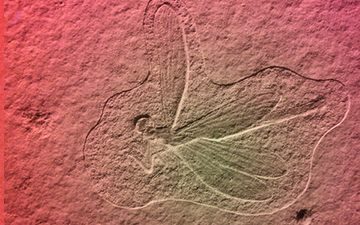
7 POINTS
Play: Dragonfly had a FLIGHT of 2.
Fact: This organism belonged to an extinct family of Odonates from the upper Jurassic and lower Cretaceous period of Eurasia.

Bush Cricket
Archaboilus musicus

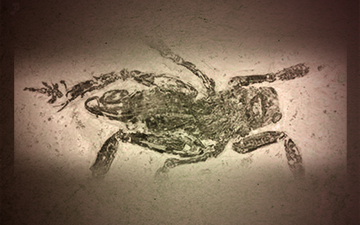
1 POINTS
Play: This cricket had a MOVE of 1.
Fact: It is believed that the male produced musical songs tuned at a frequency of 6.4 kHz. It fed on leaves and other insects.

Ratfish, Rabbitfish
Ischyodus


2 POINTS
Play: Ischyodus had a MOVE of 2.
Fact: The long spine attached to the dorsal fin of the Ischyodus may have been venomous. It preyed on small SHRIMP, claims, snails, crabs, etc.